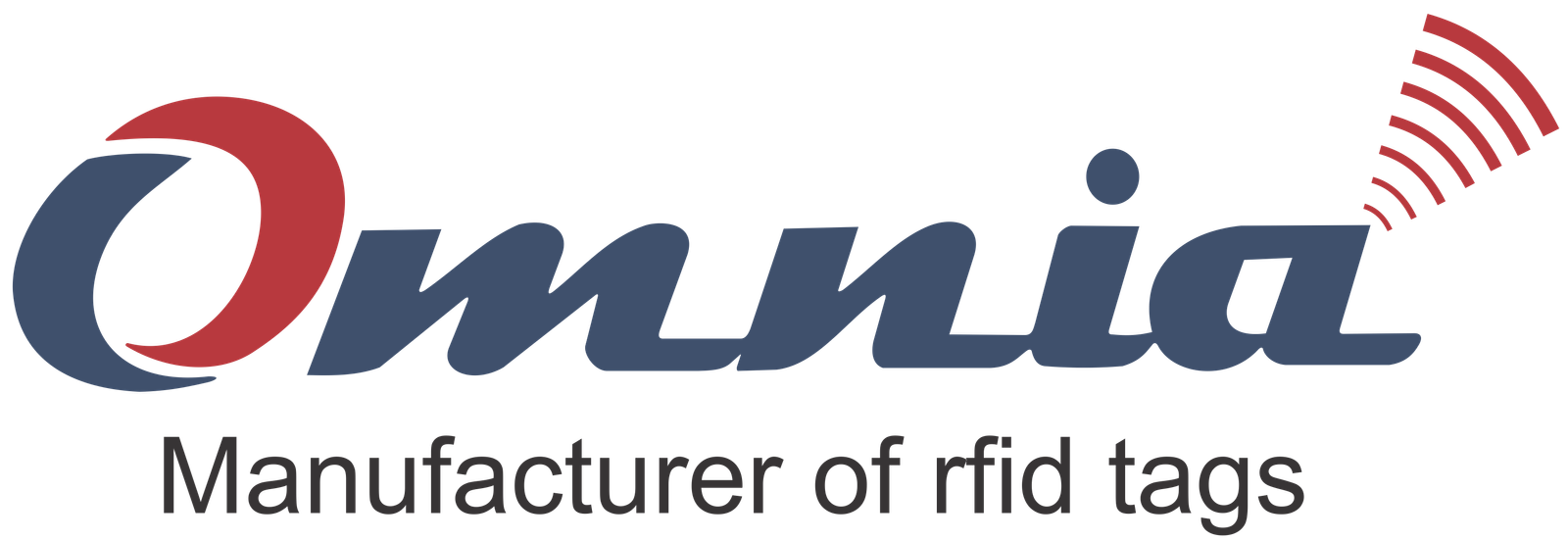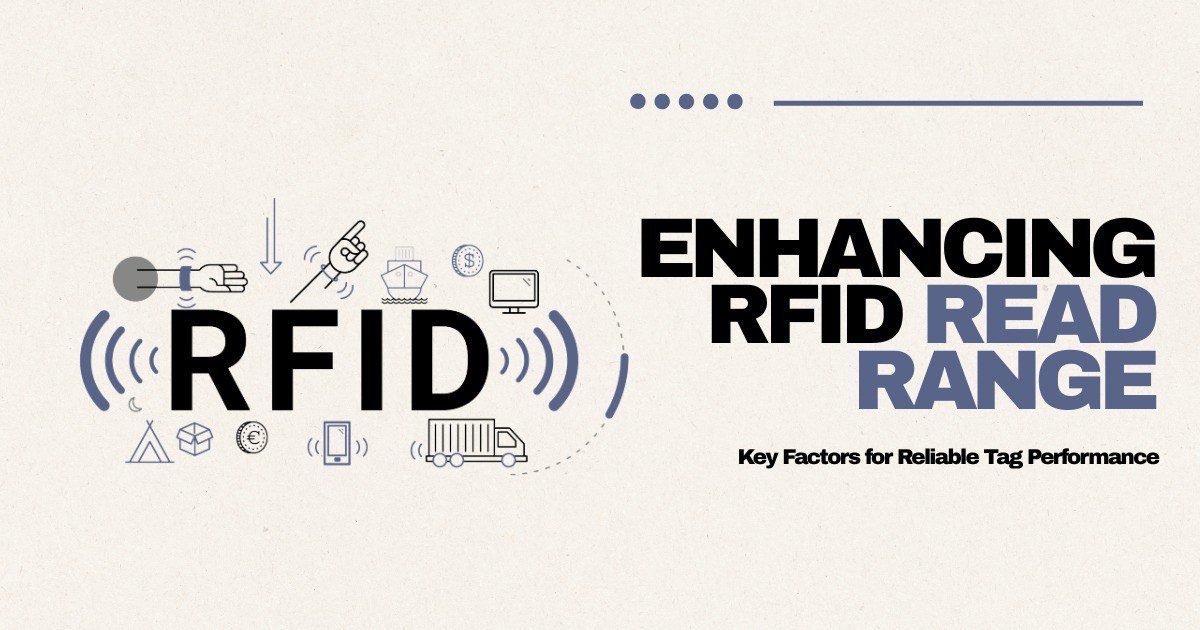In the world of RFID technology, the read range determines how efficiently data can be captured between a tag and a reader. A strong, stable read range improves system accuracy, reduces manual intervention, and ensures real-time visibility — whether used in warehouse management, asset tracking, animal identification, or logistics automation.
However, multiple factors influence the effective distance between an RFID tag and reader. Understanding these parameters helps businesses select the most suitable tag for their environment and operational goals.
Here are the essential elements that impact RFID tag read range and how to optimize them for better performance.
1. Antenna Design and Tag Construction
The antenna design is the core factor defining an RFID tag’s read performance. The size, material, and geometry of the antenna influence its ability to receive and reflect signals. Larger antennas generally support longer read distances, while compact tags are ideal for limited spaces.
At Omnia Technologies, our RFID tags are engineered with high-sensitivity IC chips and precision-tuned antennas, ensuring consistent communication even in dense industrial settings or harsh outdoor conditions.
2. Reader Power and Antenna Configuration
The RFID reader’s power output and antenna gain directly affect how far a tag can be detected. Adjusting the transmission power or optimizing the antenna placement enhances detection coverage and minimizes signal loss. For high-density environments, multi-antenna configurations improve accuracy and reduce blind spots — essential for real-time asset monitoring.
3. Mounting Surface and Material
The surface on which a tag is applied significantly affects signal performance. Metal, liquid, and certain plastics can absorb or reflect radio waves, reducing the read range. To overcome this, Omnia Technologies offers specialized metal-mount RFID tags and encapsulated designs that maintain stable performance on challenging surfaces like machinery, bins, or livestock equipment.
4. Tag Orientation and Placement
Tag alignment with the reader’s electromagnetic field impacts signal transmission. Installing tags consistently and ensuring line-of-sight visibility helps achieve maximum read efficiency. This is especially important in automated warehouses, conveyor systems, or vehicle tracking setups where direction consistency ensures optimal read rates.
5. Environmental Conditions
Environmental factors such as temperature, humidity, and RF interference can degrade tag readability. Selecting rugged RFID tags built with weather-resistant encapsulation ensures uninterrupted performance in outdoor or high-moisture environments.
Benefits of Optimized RFID Read Range
- Faster and more accurate data capture
- Reduced manual scanning time
- Improved system reliability and visibility
- Consistent read performance across varied materials
- Enhanced scalability for IoT and smart automation systems
Conclusion
Optimizing the RFID read range is crucial for achieving dependable and efficient tracking. The right balance between tag design, reader configuration, and environmental adaptation ensures seamless operation across industries.
At Omnia Technologies, we design and manufacture high-performance RFID tags engineered for superior read range and durability. From asset and warehouse tracking to animal identification and waste management, our RFID solutions are built to deliver accuracy, longevity, and scalability.
Discover advanced RFID tags tailored to your needs at 👉 www.omniatags.com

